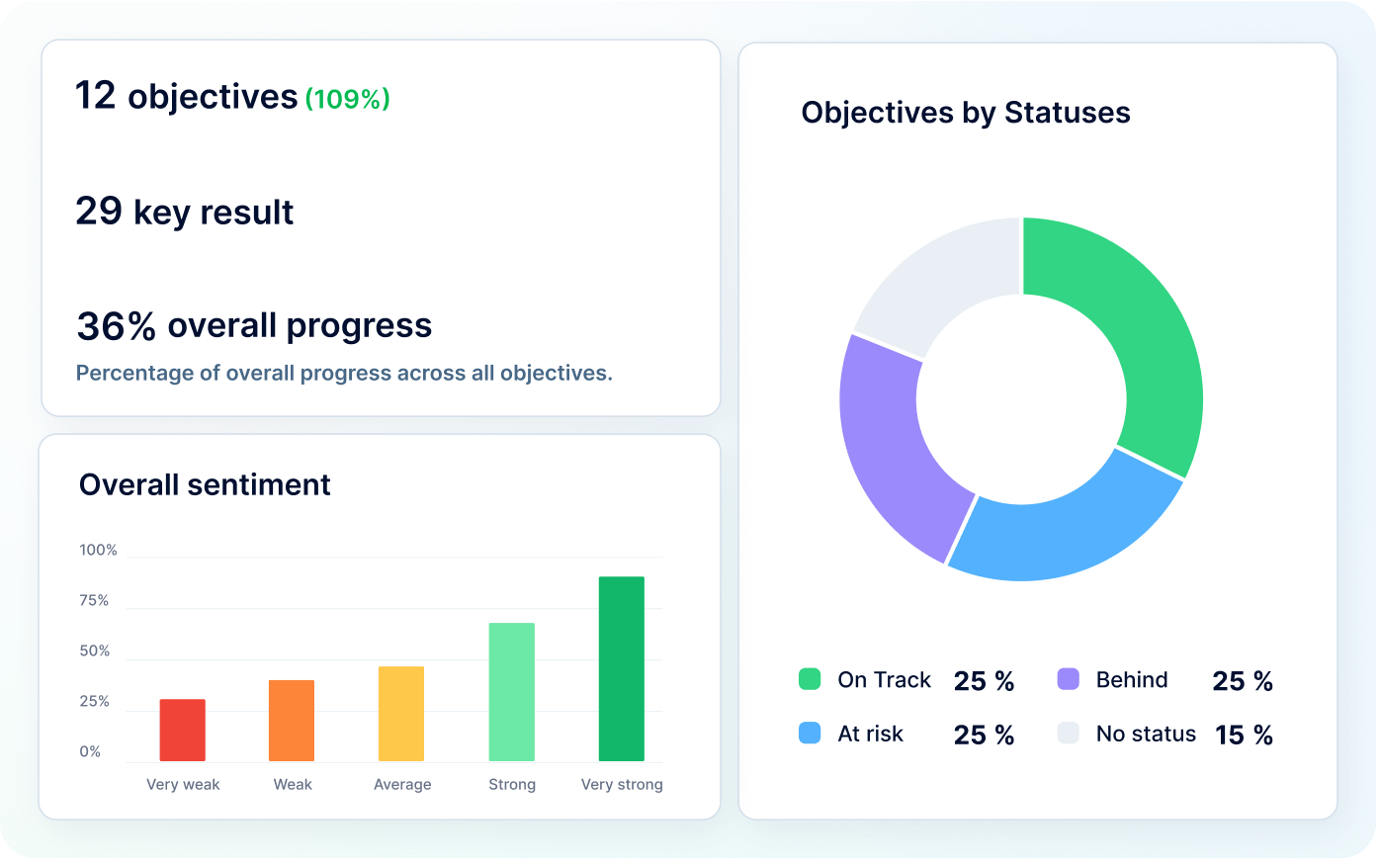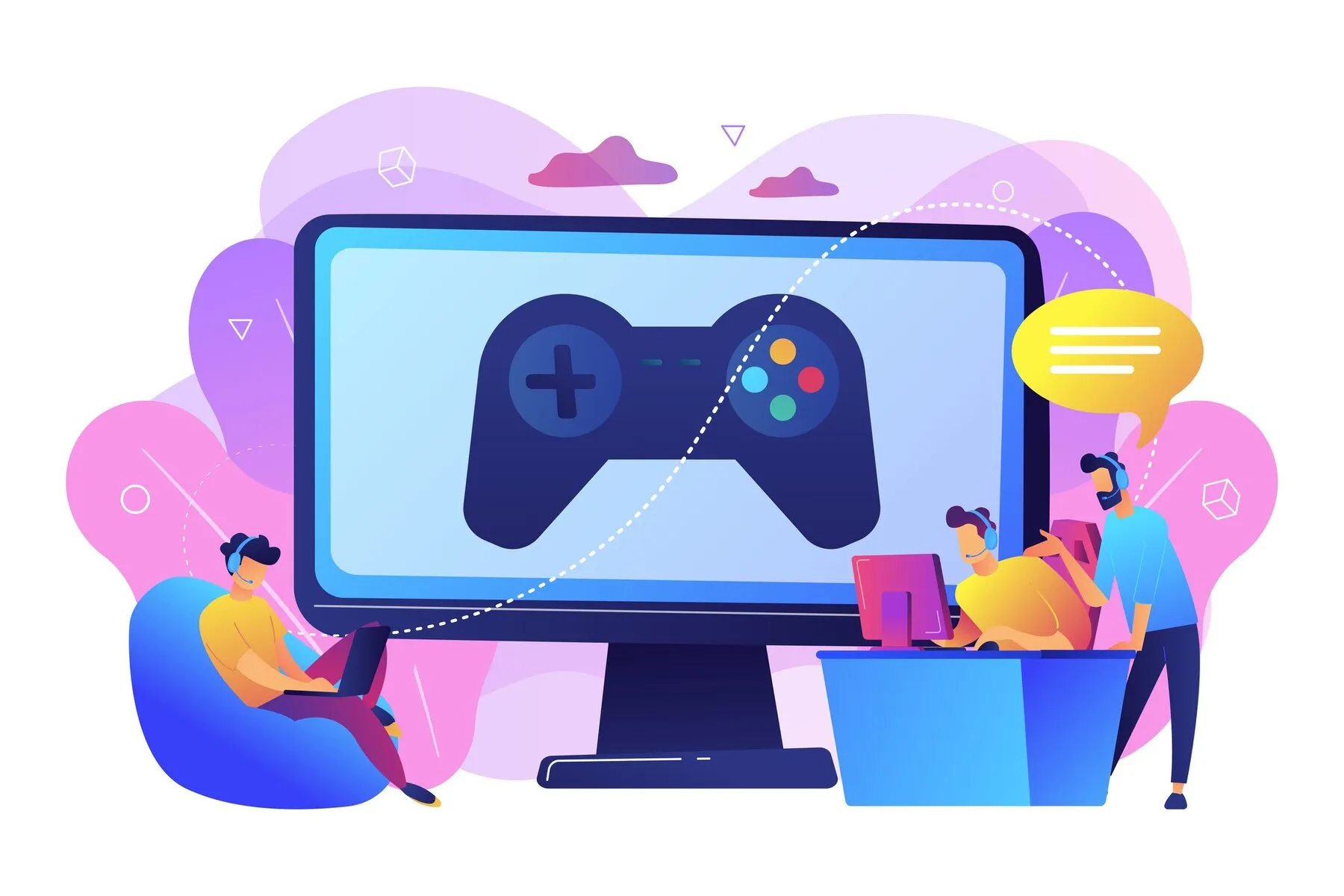
Gamification in HR: Creative methods to boost motivation and employee engagement
Methods of engagement through gamification have long transcended computer games and become a powerful tool for business. In a world where more than 70% of employees are not engaged in their work, gamification can help motivate people more effectively, support their learning and growth at work, and provide real-time feedback. Many large international companies can undoubtedly showcase successful examples of motivation through game elements. This concept began gaining attention a few years ago. However, even today, 70% of HR directors are still unaware of it.
What is gamification in HR?
It’s always desirable to add more meaning to routine work. The goal of gamification in this case is:
- simplify the workload and activities, make them more fun and interesting
- lighten the employee's mental load, focus them on the positive aspects of work and simple rewards for their efforts
- prevent burnout
- break down complex processes into simpler ones with clear and engaging compensation.
According to research by DigitalBuzz, adults still derive as much enjoyment from games as they did in childhood. The very word gamification is already captivating. It is based on the use of game approaches for non-game processes. This allows for increased employee engagement, stronger motivation, and loyalty among employees.
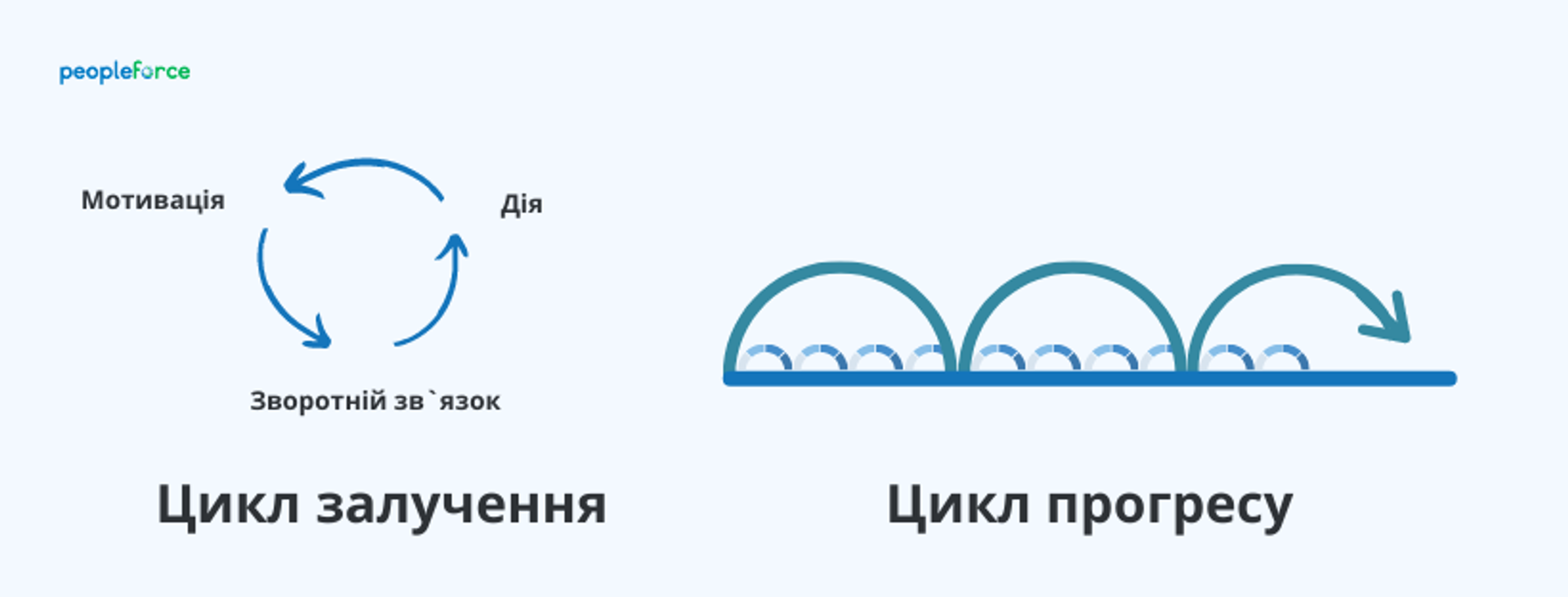
For companies, gamification can be aimed at increasing the speed of task completion and, consequently, boosting productivity. Moreover, it can address a wide range of HR tasks:
- regulate core HR processes
- promote engagement in the work process and team
- facilitate enhanced learning
- build trust in the employer.
An important aspect is obtaining active feedback from every employee. This simplifies the process of unlocking the key to a crucial element of work – employee motivation. Game mechanics in HR help keep a finger on the pulse of the company, allowing you to track areas of growth and success.
Methods of gamification in HR
Modern methods of non-material motivation for gamification help increase employee productivity through basic incentives: ratings, badges, rewards, and bonuses for completing tasks or passing the next training course. Let's take a look at the main methods of gamification for company employees:
Achievements
Often, when discussing examples of gamification, it is mentioned that a company has implemented a scoring system based on points, badges, or tokens. This positively impacts employee engagement. Usually, these or other items displayed before other participants can serve as markers of completed collective or individual gameplay activities. The methodology is typically simple; “achievements” are initially hidden and are revealed after completing a certain stage. They may vary in terms of difficulty and unpredictability.
An HR specialist can maintain a rewards table for the best participants, and by using an HRM system or another communication channel, summarize results weekly or monthly and choose a method of reward – either material or non-material. Non-material rewards can include recognition in the employee's profile, a special badge, a post in the news feed dedicated to the employee's or department's achievements, etc.
Rewards based on the results of a number of specified trials, special tasks, the simultaneous execution of several functions, and the completion of mandatory gaming actions boost employees' motivation and interest.
Ratings and leaderboards
HR gamification based on competition can be applied when there is a specific task and an indicator that reflects its achievement or regression.
For example, a simple competition is held in the sales department – the sales manager who closes the most deals (goal - sales, metric - sales volume) during the month becomes the leader.
Here, non-material motivation works well in the form of a ranking table and a list of leaders of the week/month. Be cautious, as rankings are popular, but not the most effective of the existing game mechanics for HR. There is always the danger of receiving negative feedback from participants. Employees who occupy the lower positions in the ranking are unmotivated to improve their results since it seems impossible for them to break through to the top spots, while the leaders fear losing their positions too much.
Quests
They differ from trials in terms of narrative content: each quest appears not as an occasion for competition, but as a collective journey with obstacles.
Quests help to connect elements not only of gaming but also of learning. If you have an HRM system, you can create quests based on a knowledge base, where players will be asked to find specific clues or collect coded phrases or words hidden within documents, policies, or company rules. This way, employees – especially newcomers – will learn information about the company in a playful manner.
Bonus programs
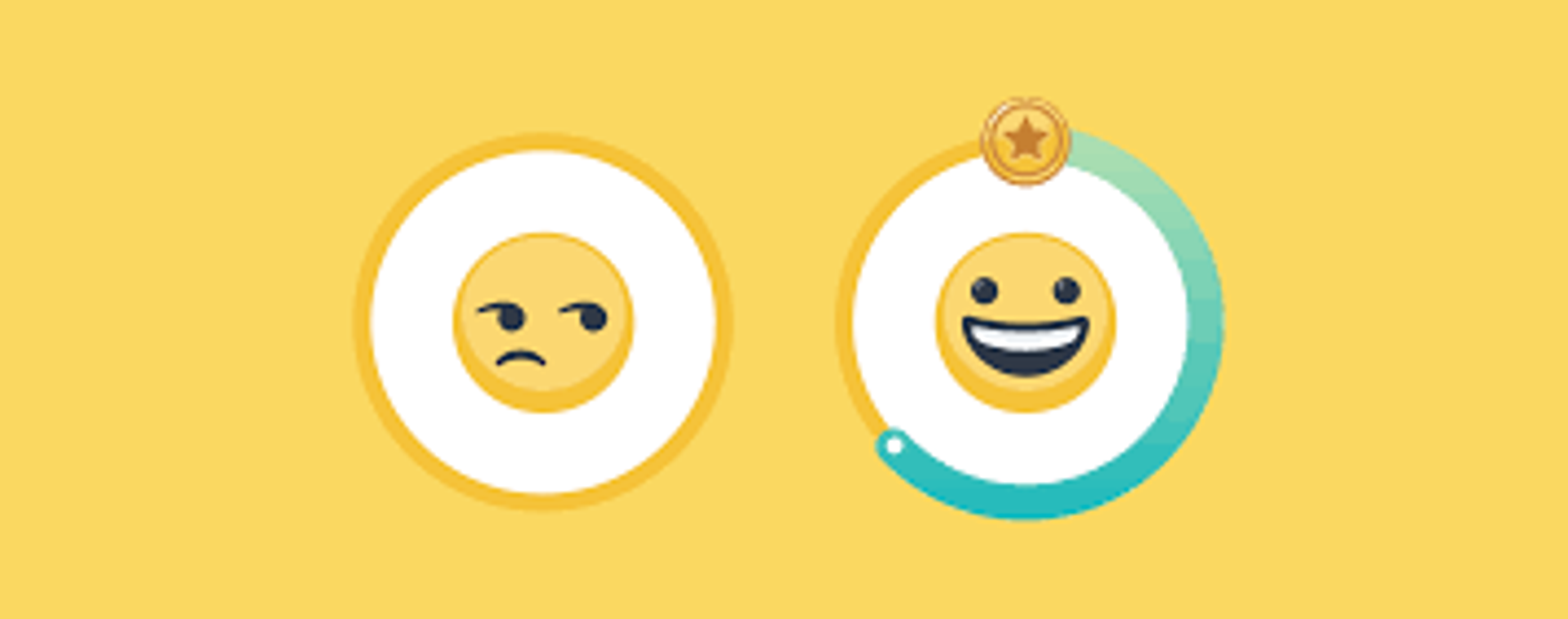
In order to increase employee loyalty and build a strong brand, companies may provide bonuses to employees.
Every employee can be a brand ambassador and earn certain bonuses that can be exchanged for rewards.
As a rule, companies are willing to offer incentives for good referrals of acquaintances for open positions or simply for employees who have worked at the company for a long time, as well as for presentations of case studies at events. Knowing that points are awarded for all this or that gifts can be obtained, employees have a more positive attitude towards the "advertising" of their company, and their degree of loyalty to the company increases.
Competition
Hackathons provide a positive experience: organizing teamwork so that everyone moves in the same direction, showcasing their best qualities, and arranging a trip or rewarding the most active participants with bonuses.
Competitions between departments or teams work well here. If you have a matrix structure, suggest that colleagues compete for a collective prize, encouraging them to collaborate and network within departments, as well as fostering joint brainstorming sessions and ideas.
Trend or necessity?
Anne Coppens, a leading Belgian expert in gamification, claims that with a well-thought-out launch, gaming forms should become the primary area that will receive the most investment. In her view, a successful "launch" begins where employee motivation is the top priority. Gamification is seen by HR leaders in the US as one of the most promising trends for the future.
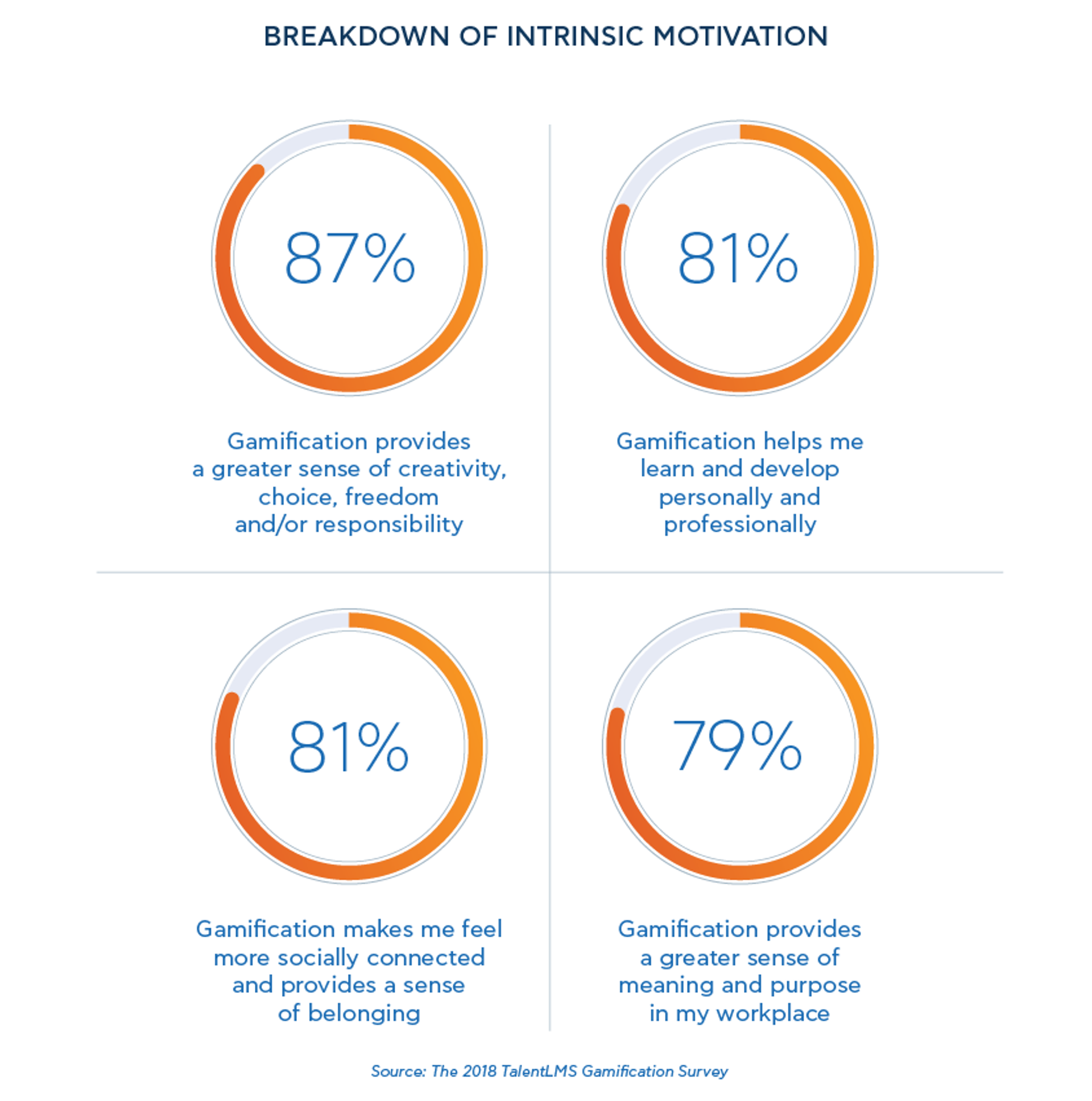
A recent study by TalenLMS clearly demonstrates the benefits and importance of implementing gamification. 400 employees in the USA were asked whether they like gamification, whether they feel an increase in productivity, and whether it boosts their motivation. All respondents had already encountered gamification in the workplace on a regular basis, and here are their responses: 80% of employees view gamification positively at work. The majority of respondents believe it makes them more productive (87%), more engaged (84%), and happier (82%).
During the performance of the routine, employees were primarily motivated by internal motivational factors (43%) compared to external ones (38%).
75% of respondents who frequently participate in work games are more likely to agree that they will be more productive.
The results of the study suggest the conclusion that when faced with "the stick and the carrot," it is always better to choose the latter. The threat of punishment scares a very small percentage of employees and does not motivate others at all. Conversely, the "carrot" – be it financial rewards, virtual badges, or the acquisition of some important skill – are much more motivating things.
Summary
Gamification in HR is not just another HR trend, but a powerful tool. It can help unite the team and increase the effectiveness of each individual employee. The main benefit that gamification brings to the business is the engagement of the player in the game process (i.e., the employee in their work). The company and the employer brand start to be associated not with dull routine, but with a pleasant experience. Employees are satisfied and eager for development that benefits both themselves and the company. Gamification works excellently in building corporate culture and in motivational programs, and game elements can be implemented in many HR processes, limited only by your imagination.
Are you still using spreadsheets and dozens of tools for HR? Optimize HR processes with a comprehensive HRM system. Try it today!
Get started with PeopleForce today
Automate your HR routine to create a high performance culture in your company. PeopleForce is your best HRM alternative to stay business driven but people focused.
